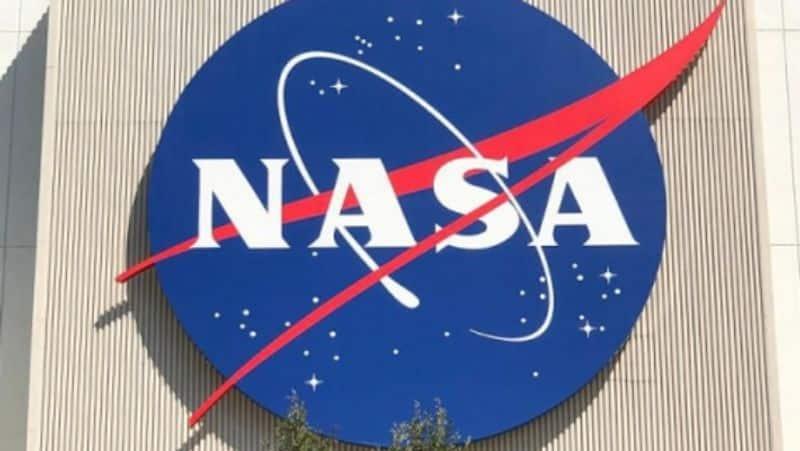
Antenna Modifications, Orbital Constraints Set Back Indo-US NISAR Launch To 2025
NASA posted on its blog that work on the large deployable antenna for the NASA-ISRO Polarimetric Synthetic Aperture Radar (NISAR) spacecraft was almost over. This antenna was sent back to the US from India earlier this year.
In March, NASA had said the antenna required a“special coating”. This decision came after analyses showed that the reflector could face higher temperatures than expected while it was in its stowed position for launch. Back then, NASA mentioned it would announce a new launch date for NISAR by end-April. However, until now, it has not given any updates about the progress of the spacecraft or announced a new launch date.
The update followed a SpaceNews inquiry about the project's status. This inquiry was prompted by reports in the Indian media that the mission, initially set to launch this spring, would not be launching this year. On July 24, in response to a question in the Lok Sabha, Jitendra Singh, minister in charge of space, outlined the country's planned space missions and launches for 2024. Significantly, NISAR was not mentioned.
NASA mentioned in its update that the work on the antenna, which measures 12 metres in diameter when fully deployed, was almost over. This work involved adding reflecting tape and taking“other precautionary measures” to manage temperature increases when the antenna is stowed. Once testing of these changes is complete, the antenna will be shipped back to India to be reinstalled on the NISAR spacecraft.
NASA did not provide a specific timeline for this work. They stated that, after the antenna was reinstalled on the spacecraft, ISRO, in coordination with NASA, would determine a launch readiness date. However, the statement mentioned that the launch could not happen between early October and early February 2025. This was because launching during that time would expose the satellite to alternating periods of sunlight and shadow, causing temperature changes that could affect the deployment of the antenna's boom.
This implies that, given the remaining work to prepare NISAR for launch, the spacecraft will not launch before February.
Specs of the NISAR Project
NISAR is the first Earth science spacecraft jointly developed by NASA and ISRO. It is one of the largest collaborations between the two agencies, with NASA, alone, investing over $1 billion in the mission's planning and development.
NASA is supplying the L-band radar and engineering payload, while ISRO is providing the S-band payload, the spacecraft bus and the GSLV launch vehicle. The radars on NISAR will offer advanced imaging capabilities to support various Earth science needs, such as tracking glacier flow rates and monitoring volcanic activity. The spacecraft will map the entire Earth every 12 days.
(The author of this article is a Defence, Aerospace & Political Analyst based in Bengaluru. He is also the Director of ADD Engineering Components, India, Pvt. Ltd, a subsidiary of ADD Engineering GmbH, Germany. You can reach him at: ...)
Legal Disclaimer:
MENAFN provides the
information “as is” without warranty of any kind. We do not accept
any responsibility or liability for the accuracy, content, images,
videos, licenses, completeness, legality, or reliability of the information
contained in this article. If you have any complaints or copyright
issues related to this article, kindly contact the provider above.


















Comments
No comment